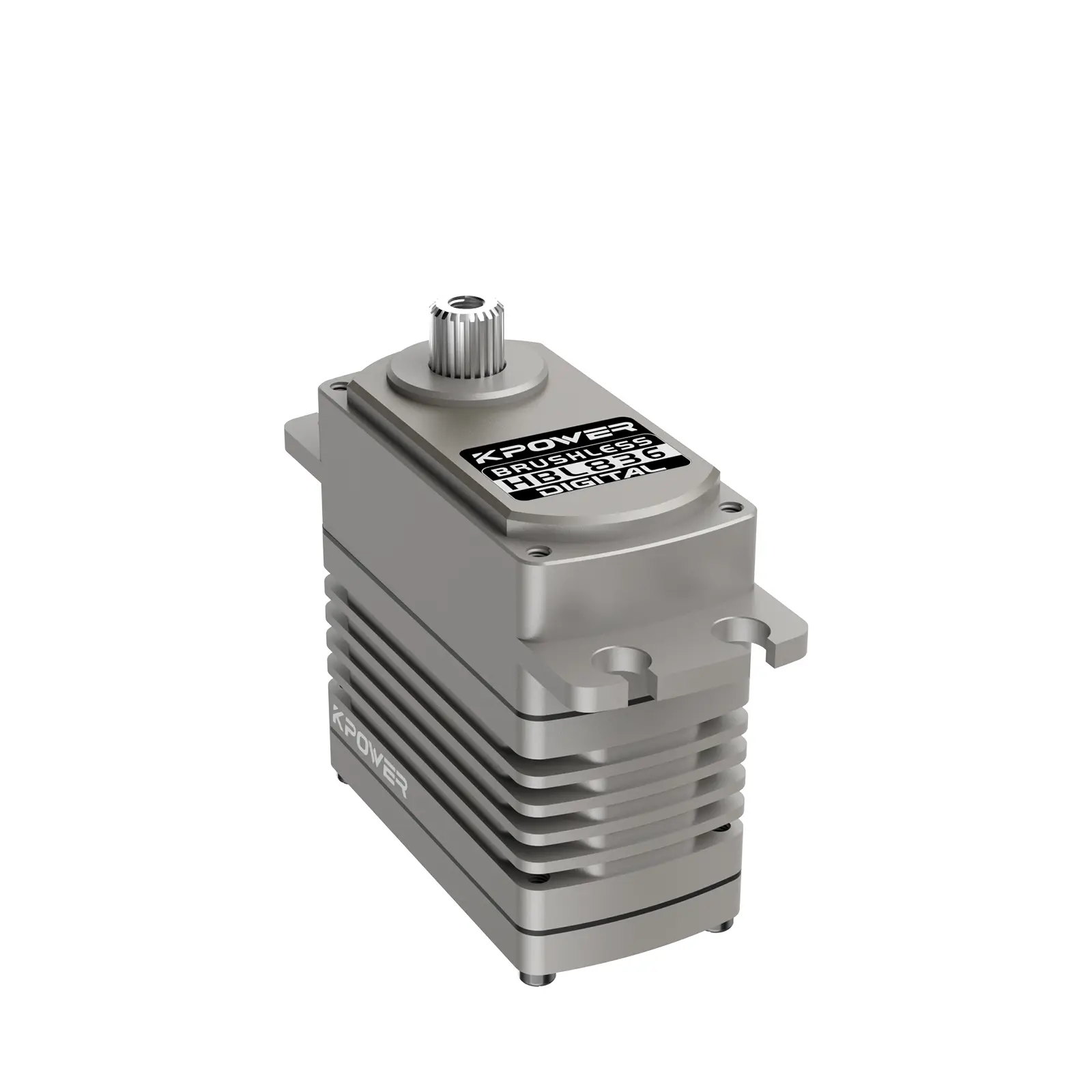When you're diving into the world of robotics or automation projects, the tools you choose can make all the difference in how smoothly everything runs. One of those game-changing tools? The motor servo paired with Arduino. This combination opens up endless possibilities for hobbyists, creators, and professionals who want to bring their ideas to life with precision and control.

Now, you might be wondering: Why should I care about a motor servo for my Arduino project? Well, it's pretty simple. Imagine you’re building a robotic arm. You need the arm to move in a very specific way—smooth, precise, and responsive. The motor servo does just that. Unlike a regular DC motor, which just spins, a servo motor can rotate to a specific angle and hold that position. That’s key when you need accuracy and consistency.
What's so great about combining a motor servo with Arduino, though? The Arduino platform itself is highly flexible, user-friendly, and open-source, which means you’re not locked into using specific software or hardware. It’s an ideal platform for beginners and pros alike. And when you add a motor servo, it becomes even more powerful. You can program it to respond to real-time inputs, such as a sensor's data or even manual controls, all with the simple beauty of Arduino's programming environment.
And here's something you might not have thought about: the cost. For the level of precision and functionality you get with motor servos, they're incredibly affordable, especially compared to more complex motion control systems. Whether you're making a simple door mechanism, a rotating camera mount, or even a robotic hand, the motor servo is an inexpensive but essential piece of the puzzle.
But how easy is it to get started?
Honestly, it’s not as complicated as it might sound. If you’ve already got your Arduino set up, integrating a motor servo is straightforward. You’ll need a few basic components: the servo motor, some jumper wires, and, of course, your Arduino board. From there, a quick search will lead you to countless tutorials on how to wire it all together. The real fun begins when you start tweaking the code, adjusting angles, and watching your creation come to life.
Let’s talk reliability for a second. When you’re working on something that requires continuous motion—say, a robot that needs to pick up objects and place them elsewhere—the last thing you want is a motor that gives up halfway through. Servos, however, are built to last, and they’re designed for repetitive, precise movements without losing step. If you’re using the right quality servo, you can count on it to be both durable and accurate.
Of course, with any technology, there are always a few things to consider. If you're building something that requires very high torque or extreme speed, you might want to look into servos specifically designed for those tasks. However, for most general applications, a standard motor servo will do the trick perfectly.
Finally, when it comes to making your projects stand out, creativity is key. Whether you’re designing an autonomous vehicle or creating a personalized art project, the integration of a motor servo with Arduino offers flexibility, precision, and control—all while being surprisingly simple to implement.
If you’ve been wondering whether a motor servo can bring your next Arduino project to life, the answer is a solid yes. It’s an affordable, reliable, and versatile tool that will help turn your ideas into action. And once you’ve experienced the power of servos in your designs, there’s no going back.
Established in 2005, Kpower has been dedicated to a professional compact motion unit manufacturer, headquartered in Dongguan, Guangdong Province, China. Leveraging innovations in modular drive technology, Kpower integrates high-performance motors, precision reducers, and multi-protocol control systems to provide efficient and customized smart drive system solutions. Kpower has delivered professional drive system solutions to over 500 enterprise clients globally with products covering various fields such as Smart Home Systems, Automatic Electronics, Robotics, Precision Agriculture, Drones, and Industrial Automation.




































